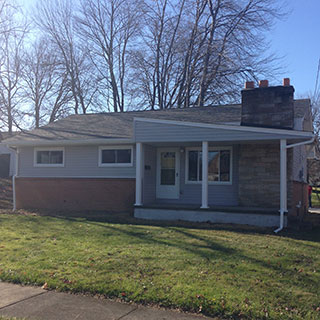Youngstown City Council brought community leaders from across the city to the McDonough Museum of Art on Youngstown State University’s campus Wednesday night to talk about the positive things they’re doing.
The first citywide town hall meeting featured all seven members of the city council, Mayor John McNally and seven other featured speakers.
First Ward Councilman Julius Oliver and Seventh Ward Councilwoman Basia Adamczak introduced the event.
“We feel it’s really important to come together as a city and as a council,” Adamczak said.
McNally was the first featured speaker and, following a rendition of Happy Birthday complete with cake and candles, talked about infrastructure repairs coming to many parts of the city.
He discussed the improvements coming to Wick and Lincoln Avenues, as well as several resurfacing and ADA compliance efforts on McCartney Road, South Avenue and Meridian Road.
“It’s going to be a hassle,” McNally said. “But it’s a good hassle because this means progress.”
He also mentioned that the city would return to in-house garbage collection beginning Monday.
Sharon Woodberry, director of community planning and economic development, explained the function of her office to attendees and outlined a few big projects on which they’re currently working.
These include a local corporation that will potentially invest in Wick Avenue, demolitions of the Wick Six car dealerships north of McCartney Road and also bringing someone into the former Bottom Dollar Grocery store on Glenwood Avenue.
“It’s something we believe is going to have a significant impact on the area and provide a valuable service,” Woodberry said, while noting that they tried to attract a grocery store to replace Bottom Dollar.
She said every year city departments get a little leaner and need to collaborate more, but they’re working hard to do what they can.
Robin Lees, Youngstown’s chief of police, talked about the community policing unit that was launched last year. Lees said bringing community policing back was one of the first things he wanted to do when he came into office.
He said they’re developing a new path for the unit rather than relying on models from other cities.
“There was a disconnect between the needs of some of the neighborhoods and the community policing unit,” Lees said.
He said the unit’s officers — one assigned to each ward — work with council on a day-to-day basis to address problems across the city. They recently started working with the department of justice to provide training to the officers to help them meet the needs of the communities in which they work.
Guy Burney, coordinator of the Community Initiative to Reduce Violence, opened by talking about an experience he had recently.
“Last Thursday I sat in city council chambers with 18 gang members,” Burney said.
He said he told them the violence in the city has to stop, but if they want to change their lives CIRV will help them.
CIRV is scheduled to hold a Re-entry Hope Conference at YSU on May 13. In addition to helping reduce violence, the organization also helps people re-enter society following incarceration.
Ian Beniston, executive director of the Youngstown Neighborhood Development Corporation, talked about the many efforts his organization is involved in across the city, including neighborhood planning and housing and lending programs.
“In some places in the city, the challenges we have are immense, so we really do have to just chip away to make progress,” Beniston said.
He also said they work on healthy food access and drew attention to a double up program that allows those receiving food stamps to get double their value when they use them at farmers markets.
Abby Beniston, the city’s code enforcement and blight remediation superintendent, reported that her department recently completed a survey of vacant homes in coordination with YNDC.
“We have a large number of out-of-town, out-of-state and out-of-country owners that need to be held accountable and fix their properties,” Beniston said.
She informed residents about demolition efforts, grass-cutting services, a foreclosure bond program and the department’s dedication to improving quality of life in the city of Youngstown.
Rebecca Soldan, an Americorps VISTA, WORKING WITH STRONG CITIES STRONG COMMUNITIES, spoke about the Taft Promise Neighborhood, which ties many of the efforts across the city together.
She said they chose the Taft School neighborhood because it has the largest number of children attending school living in the same neighborhood as the school. They worked with the community to develop a plan.
“We didn’t want to come into the neighborhood and make plans without talking to the people that live there,” Soldan said.
She said they have a United Way leading an education council, YNDC working with a neighborhood council. They also have a business council to improve employment and a health and wellness council that helps with physical and mental health issues as well as drug addiction.
They are scheduled to hold a block party on May 21 to introduce the effort to the community.
“The idea is that this will be able to be replicated in different neighborhoods throughout the city,” Soldan said.
Dominic Marchionda also spoke to the community about the ongoing efforts of YSU’s Regional Economic Development Initiative and Jennifer Jones of Green Youngstown spoke about recycling efforts, disposing of hazardous materials and services they offer to help residents adopt vacant lots in their neighborhoods.
Following the presentations, the panelists and city council fielded questions from attendees.
To read the whole story from The Jambar, click here.
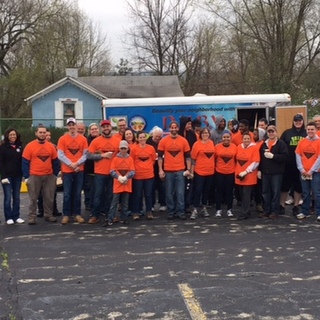 ,
, 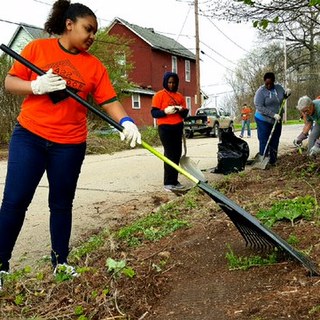 ,
, 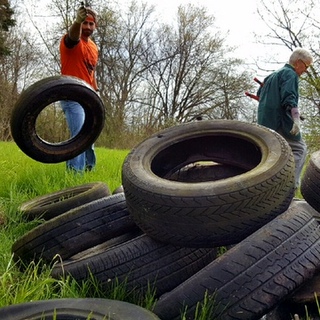 ,
, 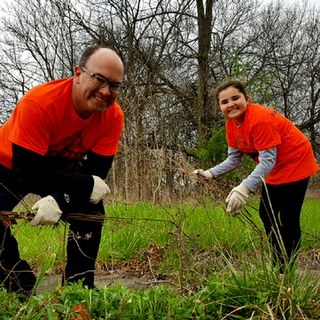 ,
, 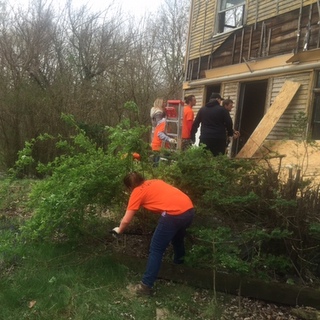 ,
, 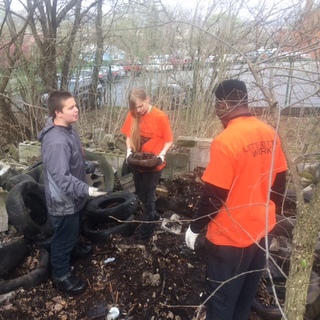 ,
,  ,
, 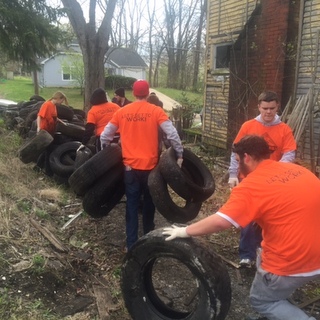 ,
, 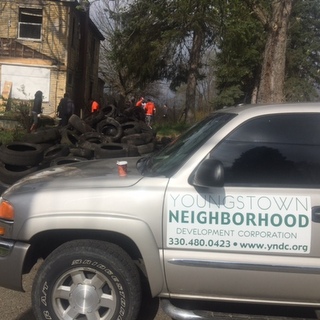 ,
, 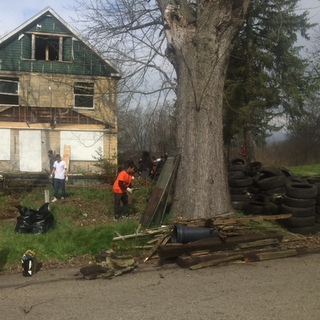 ,
, 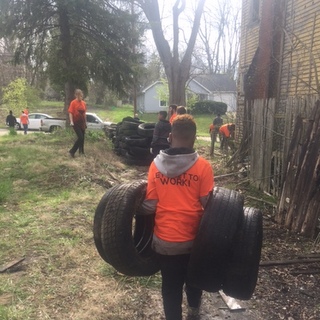 ,
, 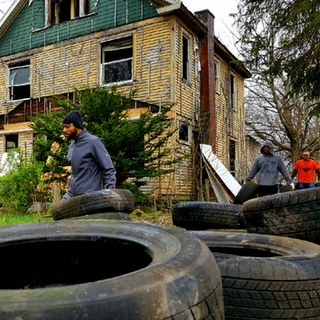 ,
, 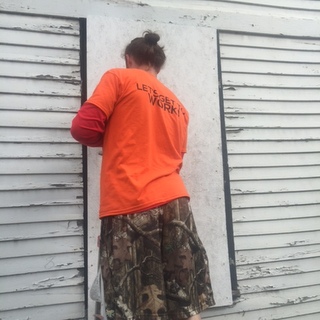 ,
, 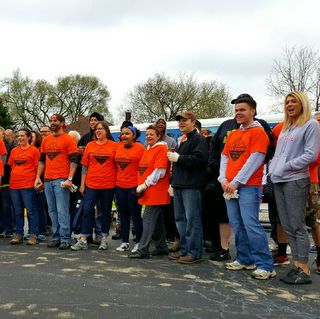 ,
, 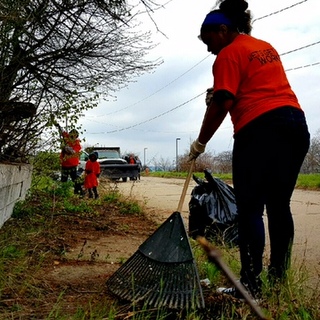 ,
,  ,
, 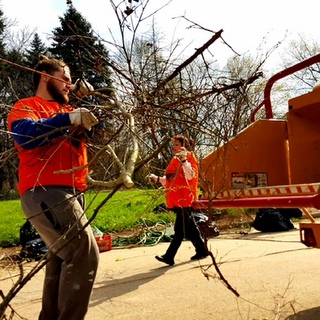 ,
, 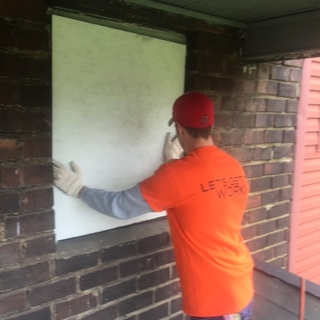 ,
, 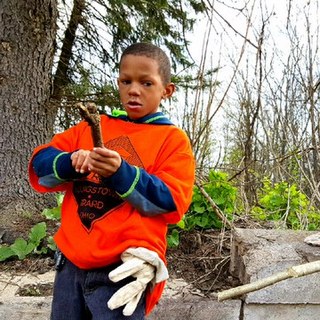 ,
, 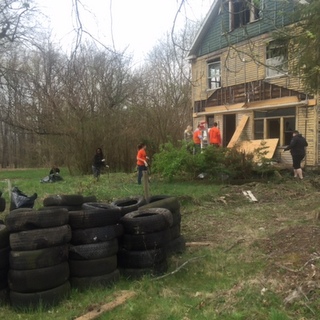 ,
, 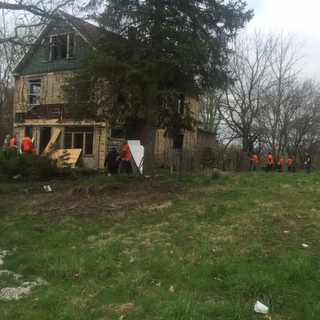
 ,
,  ,
,  ,
,  ,
,  ,
,  ,
,  ,
,  ,
,  ,
,  ,
,  ,
,  ,
,  ,
,  ,
,  ,
,  ,
,  ,
,  ,
,  ,
,  ,
, 
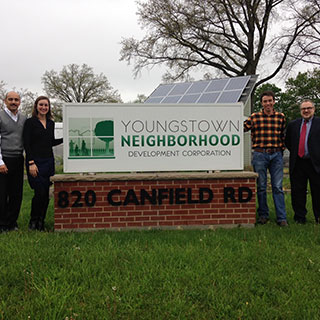


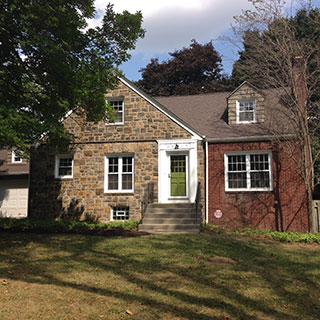 ,
, 